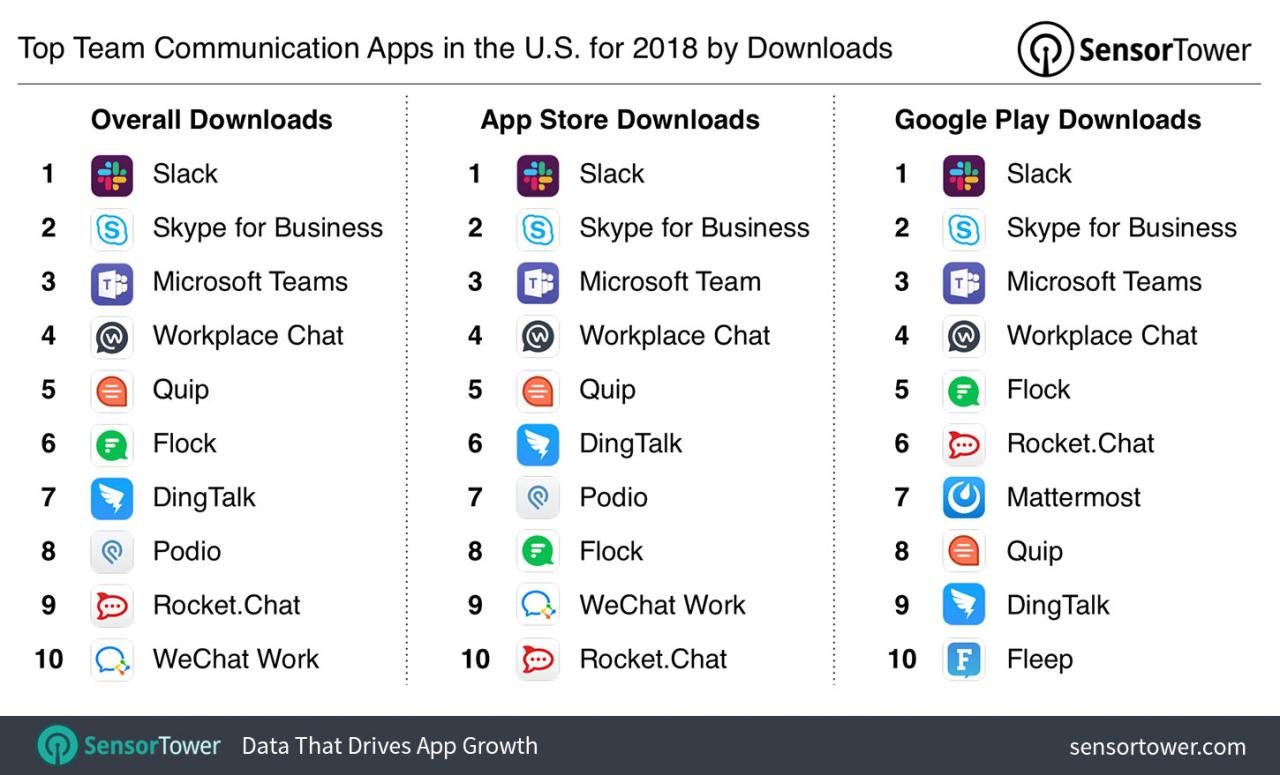In today’s fast-paced work environment, the importance of effective communication cannot be overstated. Staff communication apps have emerged as essential tools that streamline interactions, foster collaboration, and enhance productivity among teams. From instant messaging to file sharing, these applications are revolutionizing how employees connect and collaborate, ensuring that everyone stays on the same page regardless of their physical location.
As organizations increasingly embrace remote and hybrid work models, the reliance on these digital tools continues to grow. By enabling real-time communication and providing a platform for seamless information exchange, staff communication apps help to bridge the gap between team members, making it easier to achieve shared goals. The evolution of technology has led to a variety of options available, each designed to cater to specific communication needs within the workplace.
Effective communication plays a pivotal role in various aspects of life—from personal relationships to professional settings. It is the cornerstone of building connections, fostering understanding, and facilitating cooperation among individuals. In today’s fast-paced world, mastering the art of communication can distinguish between success and failure.
The Components of Effective Communication
To tackle the essence of effective communication, it’s essential to understand its core components. These include verbal communication, non-verbal communication, active listening, and clarity in expression.
1. Verbal Communication
Verbal communication is the foundation of expressing thoughts and ideas through spoken or written words. This includes the tone, pitch, and pace of speech, which can significantly influence how the message is received. For instance, a friendly tone can create a more inviting atmosphere, whereas a flat or harsh tone may lead to misunderstandings or conflict. Therefore, choosing words carefully and being mindful of how they are delivered is crucial in ensuring that the intended message is conveyed accurately.
2. Non-verbal Communication
Non-verbal communication comprises body language, facial expressions, gestures, and eye contact. It often conveys more than words themselves. For example, someone might say they are fine, but their crossed arms and lack of eye contact may suggest otherwise. Being aware of non-verbal cues can enhance understanding and help to read between the lines of what is being communicated.
3. Active Listening
Active listening is a skill that involves fully concentrating on the speaker, understanding their message, responding thoughtfully, and remembering key points. It is not just about hearing the words but making an effort to engage with the speaker’s ideas. This skill fosters a respectful communication environment, allowing individuals to feel valued and understood.
4. Clarity and Conciseness
Being clear and concise is equally vital in effective communication. Vague language can lead to confusion and misinterpretation. It’s essential to articulate thoughts clearly, avoiding jargon or overly complex language that may alienate the listener. A straightforward approach enhances understanding and encourages open dialogue.
The Role of Communication in Personal Relationships
In personal relationships, whether with family, friends, or romantic partners, communication serves as the glue that holds bonds together. Open and honest communication fosters trust and intimacy. It allows individuals to express their feelings, concerns, and needs, ultimately leading to deeper relationships.
On the other hand, a lack of communication can lead to misunderstandings and conflicts. Often, in relationships, issues arise not from the problems themselves, but from how those problems are discussed. Therefore, prioritizing clear communication can prevent many potential disputes and enhance relational harmony.
The Impact of Communication in the Workplace
In the professional realm, effective communication is equally crucial. It plays a significant role in teamwork, leadership, and customer relations. Teams that communicate well are often more productive and innovative. When team members feel comfortable sharing ideas and feedback, it fosters a culture of collaboration and creativity.
Moreover, good communication from leaders can inspire and motivate employees. When management clearly articulates goals, expectations, and feedback, employees are more likely to feel engaged and aligned with the company’s vision. This alignment is essential for driving organizational success and employee satisfaction.
Challenges to Effective Communication
Despite its importance, effective communication can be challenging. Various barriers can hinder open and clear communication, including:
- Cultural Differences: Different cultures have varying communication styles, which can lead to misunderstandings.
- Emotional Barriers: Emotions such as anger or sadness can cloud judgment and affect how messages are conveyed and received.
- Technological Barriers: In an increasingly digital world, relying on text-based communication can lead to misinterpretations due to the lack of tone and body language.
Strategies for Improving Communication Skills
Improving communication skills is a continuous process. Here are some strategies to enhance your effectiveness:
- Practice Active Listening: Focus on what others are saying without interrupting. Summarize their points to ensure understanding.
- Be Aware of Non-Verbal Cues: Pay attention to your body language and that of others. Adjust accordingly to create a more open atmosphere.
- Seek Feedback: Ask for constructive feedback on your communication style and be open to making adjustments.
- Enhance Vocabulary: A strong vocabulary can help articulate thoughts more clearly. Reading widely can aid in this development.
Conclusion
In conclusion, effective communication is integral to our daily lives. Whether in personal relationships or professional settings, the ability to convey and understand messages clearly is vital for success. By honing our communication skills and being aware of the challenges, we can build stronger connections and foster a more collaborative environment. As we embark on this journey to improve our communication, let us remember that every conversation is an opportunity to connect, understand, and grow.
FAQ Insights
What are staff communication apps?
Staff communication apps are digital platforms designed to facilitate communication and collaboration among team members in a workplace setting.
How do staff communication apps improve productivity?
By enabling real-time messaging, file sharing, and project management, these apps streamline workflows and reduce the time spent on traditional communication methods.
Are there any security concerns with using these apps?
Yes, security concerns can arise, but many staff communication apps offer robust encryption and compliance features to protect sensitive information.
Can staff communication apps integrate with other tools?
Most staff communication apps are designed to integrate seamlessly with other workplace tools, enhancing their functionality and improving overall efficiency.
What should organizations consider when choosing a staff communication app?
Organizations should consider factors such as user-friendliness, security features, integration capabilities, and the specific communication needs of their teams.












